Kavala – The House of Mohammed (Mehmet) Ali of Egypt
On my daily walks to Panagia, Kavala’s Old Town I liked to swing by the House of Mohammed Ali which so far has been closed. If you are planning a visit, the museum is open from Thursday to Sunday 10:00-16:00 so make sure you time it correctly.
Approaching the house from the main road that runs along the peninsula you will no doubt notice the imposing statue of Mohammed Ali next to the equally imposing Ekklisia Kimisi Theotokou or Holy Church of the Dormition of Virgin Mary. The exterior of the House of Mohammed is incredible. The distinctive sahnisi that projects out beyond the facade gives the house so much character. This is one of the finest surviving examples of 18th-century Ottoman architecture in Greece. I can’t wait to see inside!
I pay my 5€ entry fee and realise that I’m the only person here – another advantage of travelling to Greece out of season.
Mohammed Ali was born in 1769 or 1770 in Kavala which at the time was part of the Ottoman Empire. His father Ibrahim Agha who was of Albanian origin, was also related to the governor of Kavala by marriage. When his father died, he was sent to live with the governor and his family and at the age of 18 married his cousin Amina Hanim (daughter of the governor). They went on to have five children. Very early on Mohammed Ali began to make a name for himself, using his charisma and negotiating skills to encourage people to pay their taxes in the city.
In 1799 after completing military training, he went to Egypt, second in command of a 300-man Albanian regiment sent on a mission to oust the French from Egypt. Egypt was of strategic importance, giving access to significant trading routes. Egypt was fought over by several European nations including Britain who wanted to maintain their control in India. Mohammed Ali’s first mission to Egypt was short-lived and after being defeated at the Battle of Aboukir, he returned home to Kavala.
In 1801, he once again headed to Egypt this time as part of an army allied with the British to once again try to extract the French from the country. This attempt was successful. By 1805 his reputation as a competent army officer grew and saw him ascend the ranks to Major General, Chief of the General Command, and head of the palace guards.
By 1805 he was declared Viceroy of Egypt with support from the Emirs in Cairo who saw his leadership potential. And so his rise to power and glory began. As a man who was illiterate until the age of 45, he became an illustrious leader of Egypt. He brought about significant reforms that improved day-to-day living for the population and ultimately changed the face of the land. Here is a timeline of some of his notable achievements
- 1812-13 He is granted the right to collect taxes from the Island of Thassos. He uses the revenue to fund the construction and preservation of Imaret, the charitable educational foundation he donated to his hometown of Kavala
- 1821 Establishes the first standing army in the Ottoman Empire
- 1824-27 Participates in the suppression of the Greek Revolution
- 1827 Establishes the training hospital in Cairo Qasr el Aine and free clinics around the country along with a nationwide campaign to vaccinate children against smallpox
- 1831 He launches his campaign against Syria
- 1833 The Sultan bestows to him Egypt, Crete, Mecca and Medina and makes him governor of 4 Syrian provinces
- 1837 He sets up seven administrative departments including internal affairs, finance, military, education and foreign trade.
- 1842 Ali becomes Grand Vizir of Egypt
- 1845 He orders the first modern nationwide census in Egypt
Now into the house! I love Ottoman architecture. There is something so atmospheric and aesthetically pleasing about it. The Saracenic architecture of Cairo has the same effect on me. The rooms are simple and yet have many opulent touches as you will see.
I’m provided with a pair of plastic covers to put over my shoes to protect the wooden floor. To the side of this building on the ground floor was a stable and next to this a service area such as food preparation and cooking. Because of strict modesty protocols, a revolving hatch was built through which the women could pass meals to the men of the family and their visitors. Now looking more like a reception area, it requires a little imagination to conjure up the images of how this space was once used but the stone floor and wood-panelled ceilings are wonderful.
I ascend the steps to the first floor and along the way, you can see pieces of ancient temples embedded into the walls. I doubt this was a way to scrimp on the expenditure of the construction, but more a way to bring something of spiritual or historic significance into the homestead. Maybe latter day recycle at play?
At the top of the staircase, I’m presented with a long room that is flooded with sunlight and offers magnificent views over the gulf. The rich wood ceiling reflects a golden hue throughout the room at the end of which there is a raised platform adorned with cushions. The spaces are divided explicitly along the lines of gender. The Selamlik in the southern end of the house is where the men would work, rest and receive their guests.
Unusually, each room has a fireplace which is unique for this type of house. Recessed walls house ornate copperwork and the wooden ceiling is intricately carved. On the floor is a beautiful silk rug, now faded and yet still an example of the luxurious goods acquired from the trade routes.
The most private quarters known as the “haremlik” were solely for the use of women. Male access was reserved solely for the husband and direct family members. The living space, also with a fireplace was where the women could socialise with each other. Beyond this is the hamam where they would bathe and beautify themselves with luxuriant essential oils and fragrant perfumes.
Just off the living space are two smaller areas the first of which the women would undress and prepare themselves for the hammam. The end section has a built-in bench and this is where the ablutions took place. Water would be carried in jugs from the fountain outside the house which of course was fed by the Kamares Aquaduct. But the clever engineering design doesn’t stop there. The heat from the fireplace would also warm the water in the hammam. The wooden Turkish toilet reminiscent of the hole-in-the-floor toilets very rarely seen in Greece now must have been the epitome of luxury and ingenious design at the time!
In another section of the upper floor, there are a couple of interesting artefacts. The first is a book written with the laws of the Ottoman government, a study subject for the students at the madrassa. The pens and ink jars were all retrieved from the Imaret during its restoration in 2001-2004.
The second artefact was also found during the Imarets restoration, hidden inside a wall. Inscribed on the sheath in gold are words praising God. The sword is believed to have been a gift to Mohammed Ali.
After descending the stairs (being very careful wearing a plastic cover over my shoes) I give my thanks to the gentleman at the ticket desk and exit via the garden. It’s a beautiful space with views over to the harbour and the gulf and is filled with scented flowers and fruit trees. A sign tells me that the garden is now dedicated as an urban shelter for bees – how wonderful!
Back in Mohammed Ali Square adjacent to the house and museum, I take a moment to reflect on my visit and also appreciate the magnificent statue that takes centre stage.
The statue of Mohammed Ali that once stood in the city of Alexandria was the basis for the statue here in Kavala. It was commissioned by the Greek Communities of Egypt and created by Athenian sculptor Konstantinos Dimitriades. The brass statue was cast in Paris at the same foundry that produced Rodin’s, The Thinker. The statue was unveiled in 1949 witnessed by the Egyptian royal family. There are many photographs of the statue, its production and the unveiling within the museum.
The House of Mohammed Ali is most definitely worth a visit though do bear in mind the opening days and times mentioned at the beginning of this post.

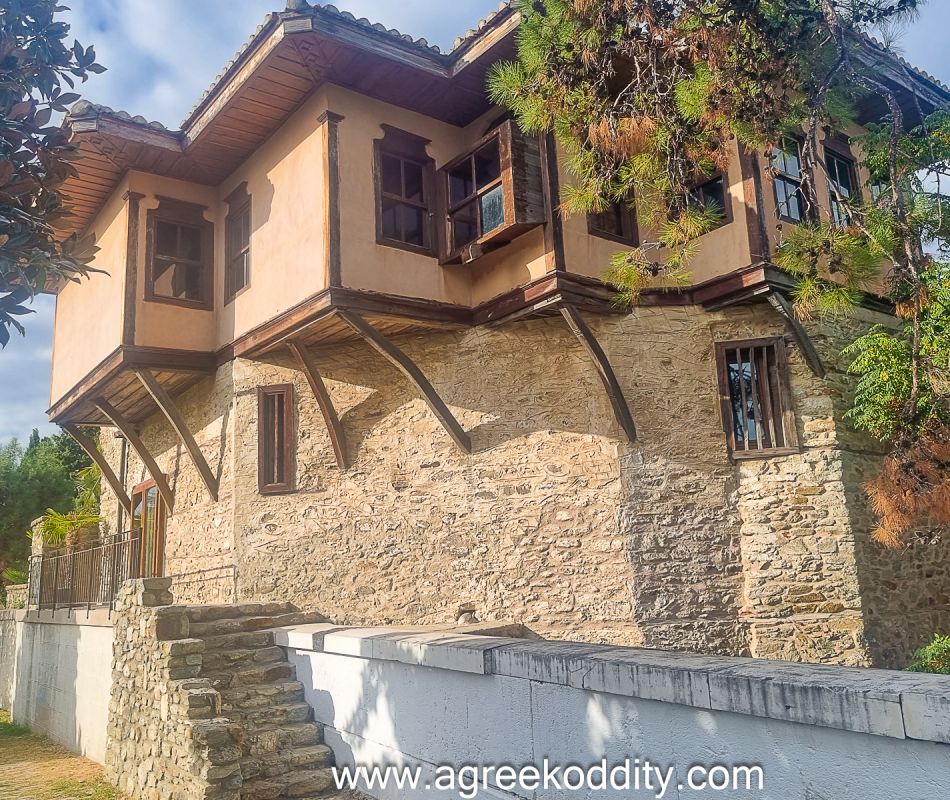
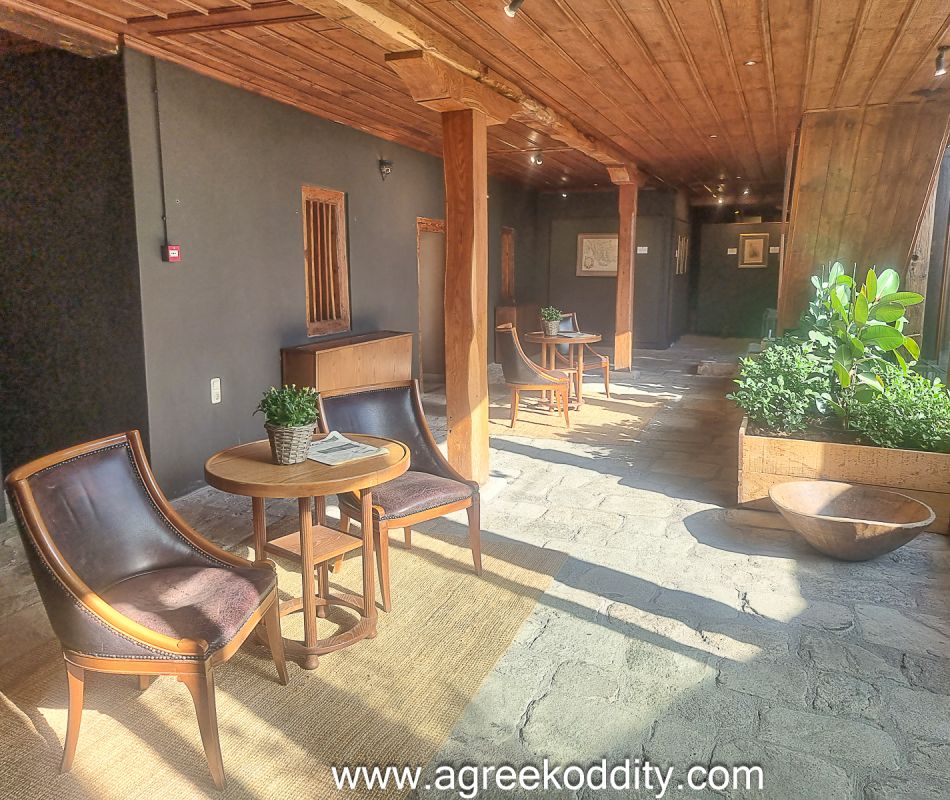
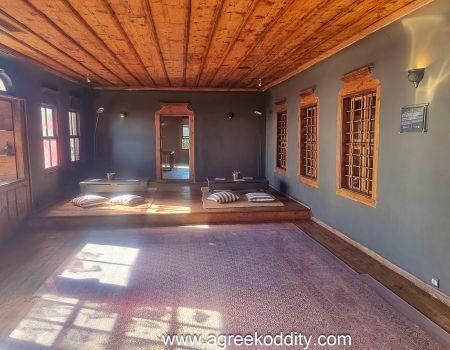
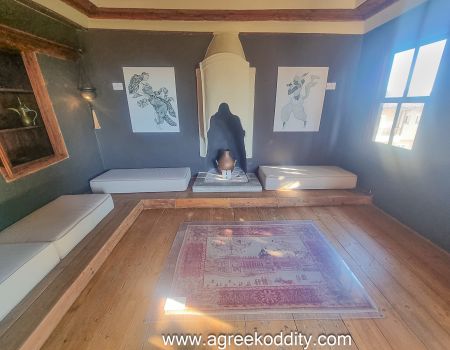
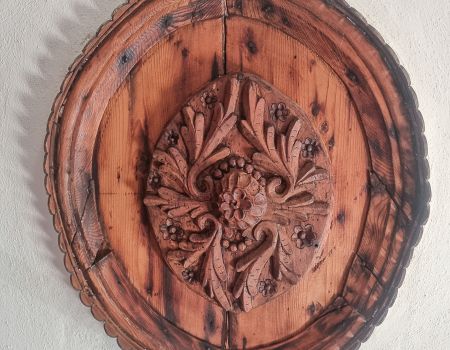
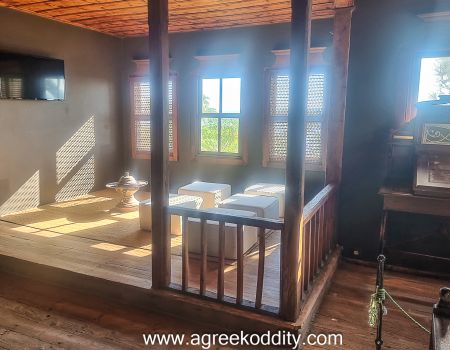
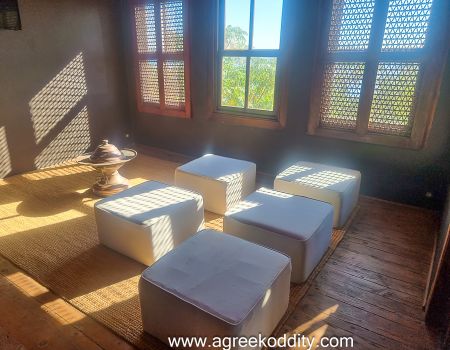
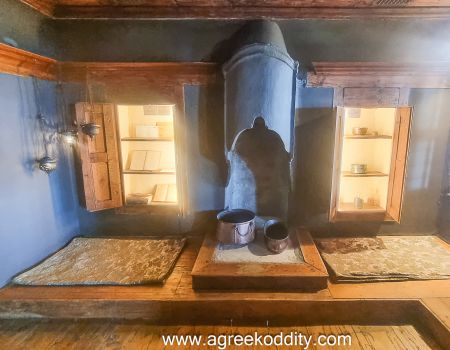
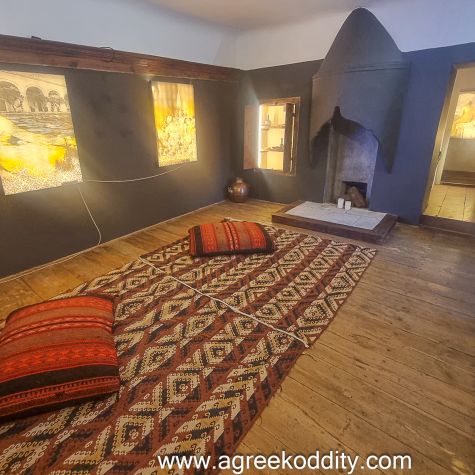
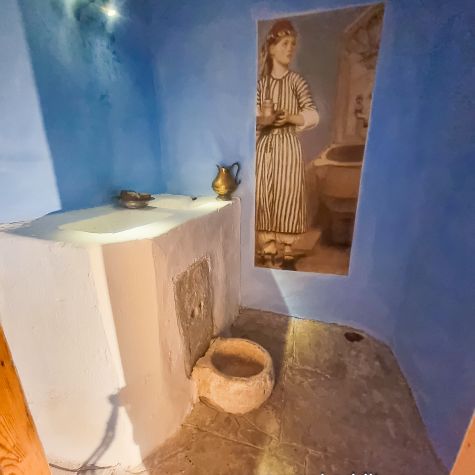

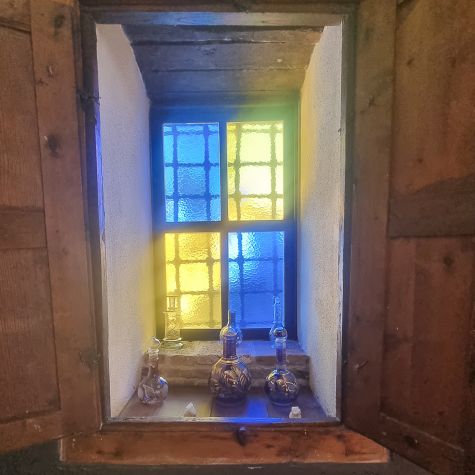
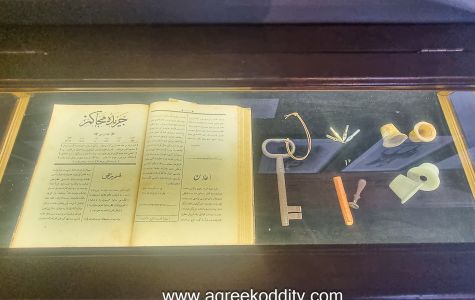
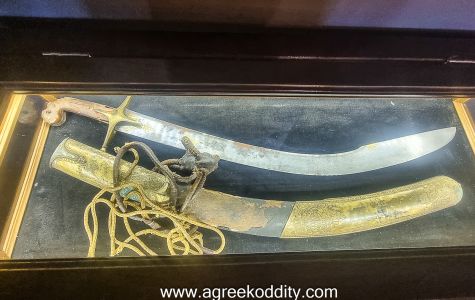


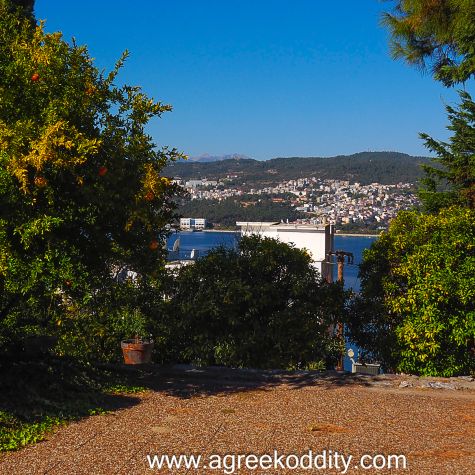
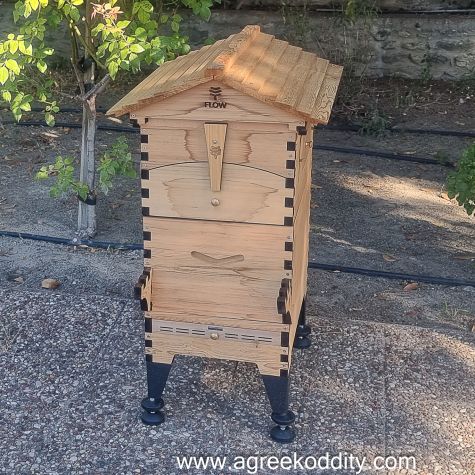
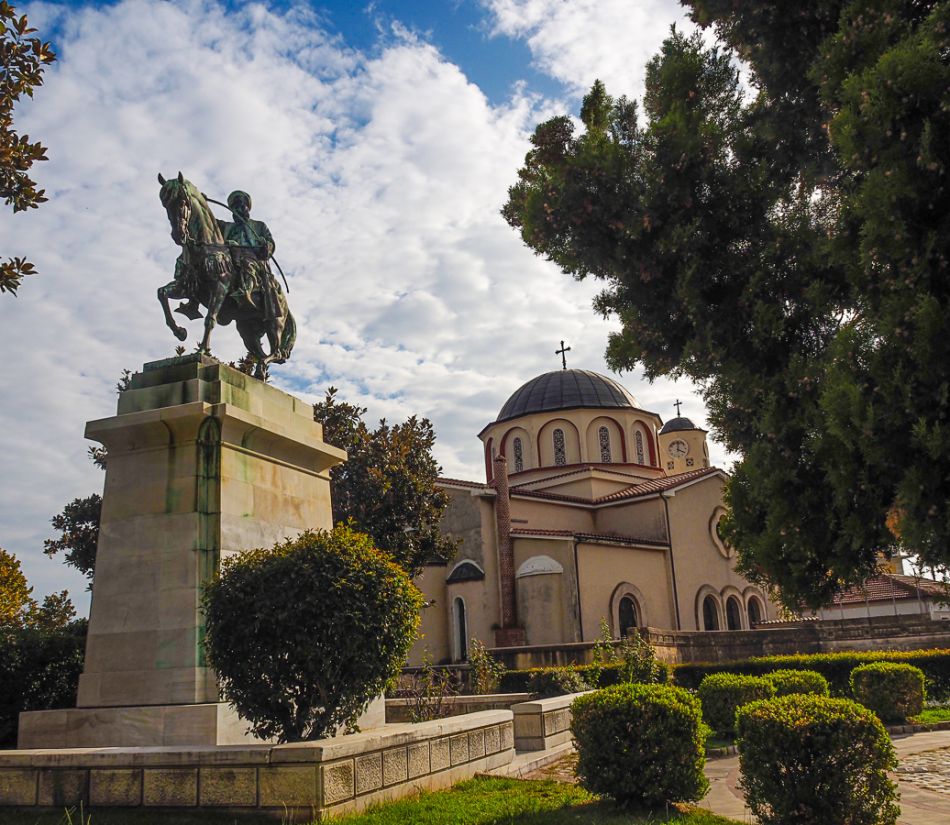






Very interesting – love the gardens. I must take more of an interest in Greek history in the future!
Hi Liz
I think that the more you travel in Greece, the more you want to scratch beneath the surface and discover more. Kavala has so much history that it’s hard to ignore when you are there! ❤